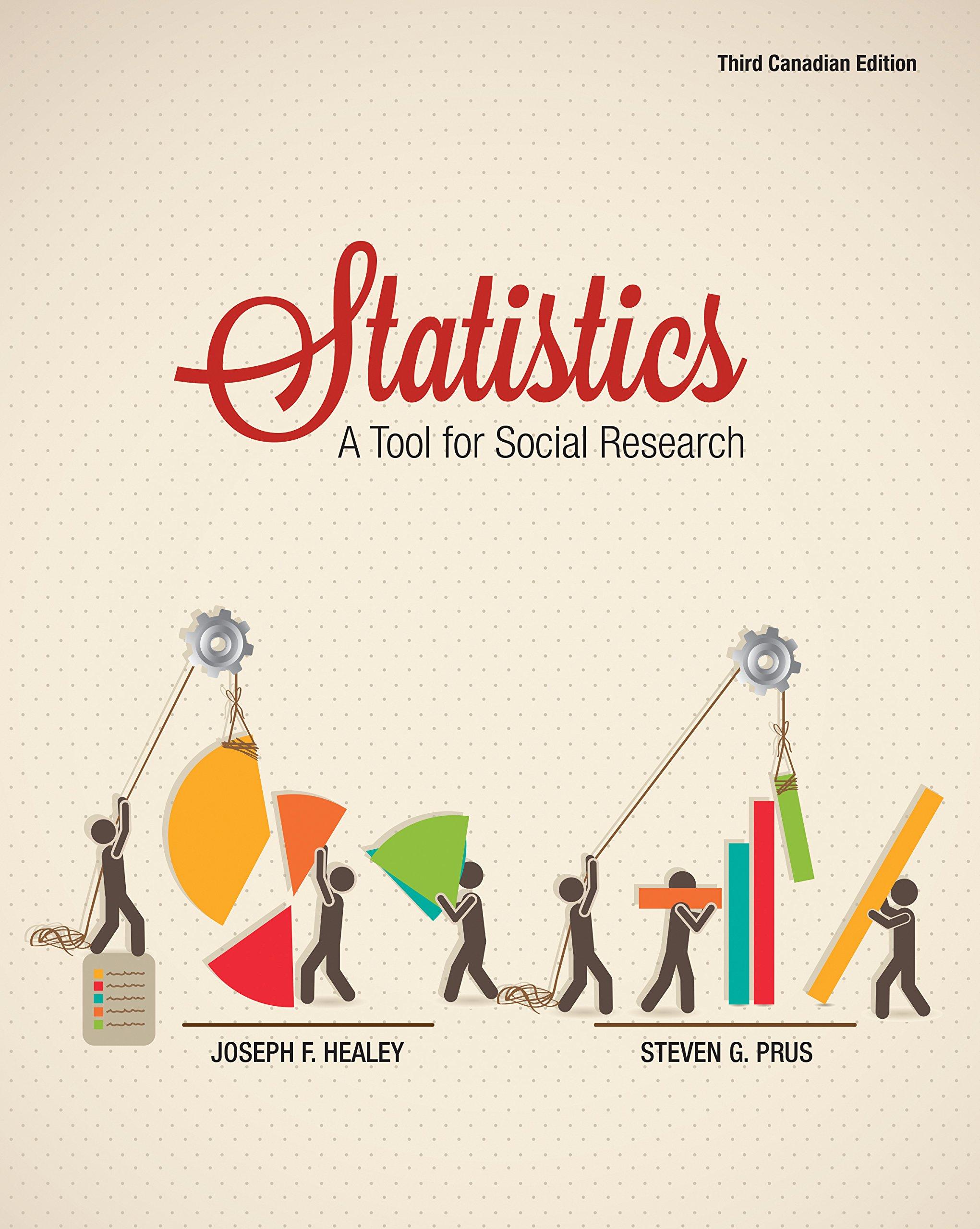5.1 This exercise is extremely tedious and hardly ever works out the way it ought to (mostly...
Question:
5.1 This exercise is extremely tedious and hardly ever works out the way it ought to (mostly because not many people have the patience to draw an
“infinite” number of even very small samples).
However, if you want a more concrete and tangible understanding of sampling distributions and the two theorems presented in this chapter, then this exercise may have a significant payoff. Below are listed the ages of a population of students at a very small community college (N 5 50). By a random method (such as a table of random numbers), draw at least 50 samples of size 2 (i.e., 50 pairs of cases), compute a mean for each sample, and plot the means on a frequency polygon.
(Incidentally, this exercise will work better if you draw 100 or 200 samples and/or use larger samples than n 5 2.)
a. The curve you’ve just produced is a sampling distribution. Observe its shape; after 50 samples, it should be approaching normality.
What is your estimate of the population mean
(m) based on the shape of the curve?
b. Calculate the mean of the sampling distribution
(mX). Be careful to do this by summing the sample means (not the scores) and dividing by the number of samples you’ve drawn. Now compute the population mean
(m). These two means should be very close in value because (mX) m by the Central Limit Theorem.
c. Calculate the standard deviation of the sampling distribution (use the means as scores)
and the standard deviation of the population.
Compare these two values. You should find that the two standard deviations are very close in value because sX5s/2n.
d. If none of the above exercises turned out as they should have, it is for one or more of the following reasons:
Step by Step Answer:

Statistics A Tool For Social Research
ISBN: 9780176562076
3rd Canadian Edition
Authors: Joseph Healey, Steven Prus






